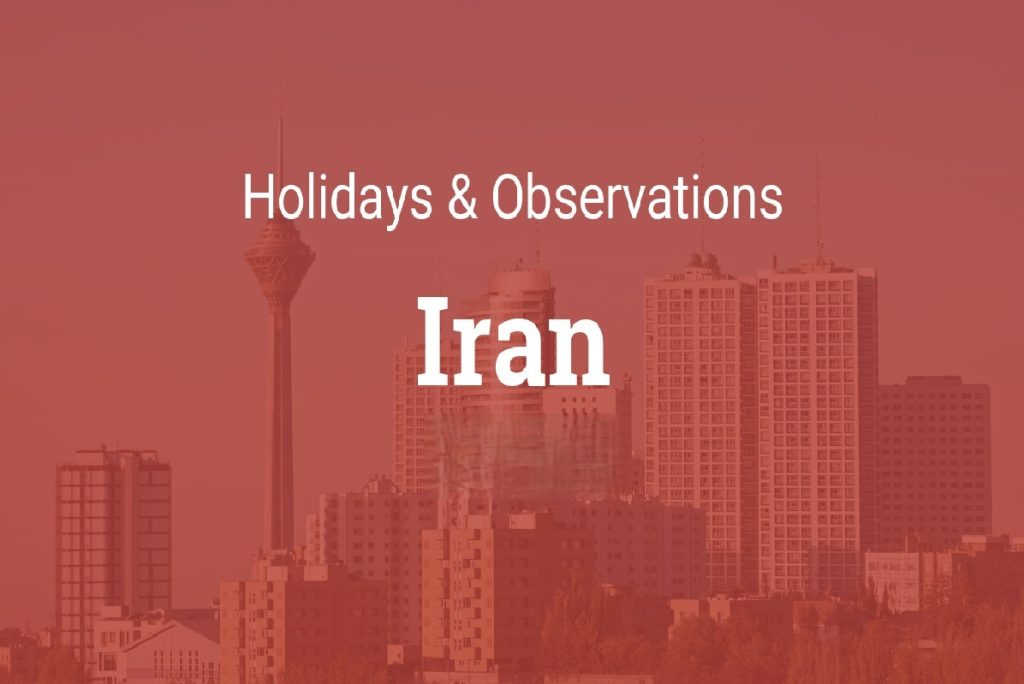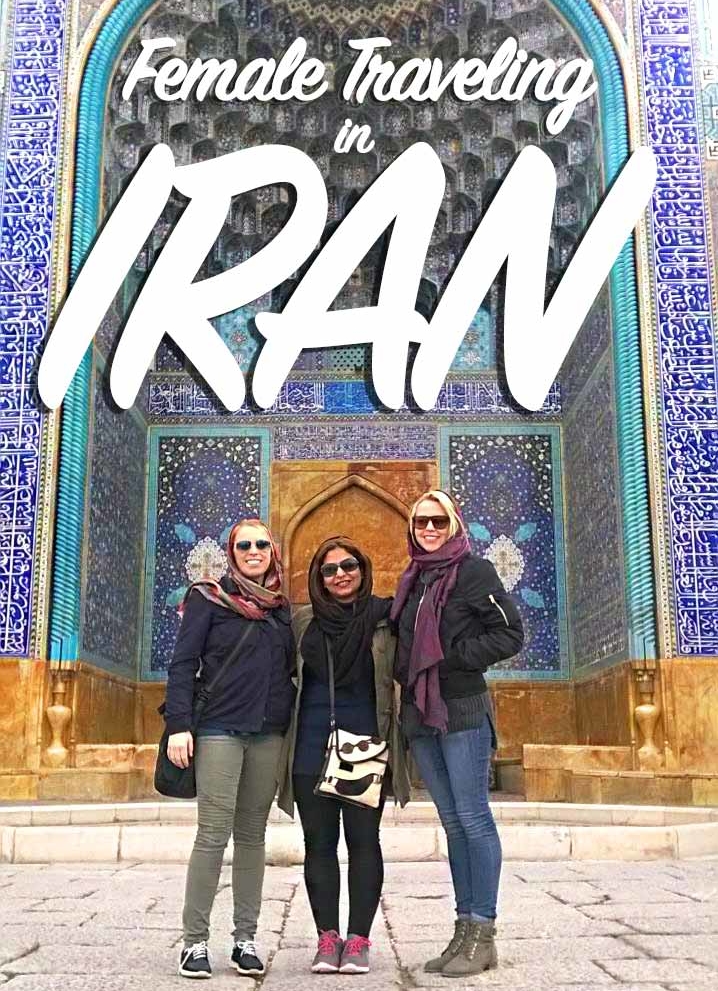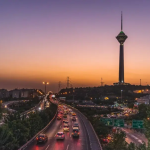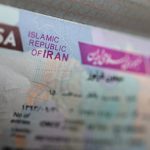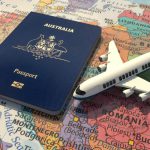Are you wondering about the best time of year to visit Iran? Get your calendars and your pens ready. We will help you mark a date on your calendar for “travel time to Iran!” We are even gonna tell you about the best period to see amazing Isfahan!
Best Time to Visit Iran
Depending on the place you want to visit in Iran, you might choose one time over the other. In general, Iran is a warm country and most areas have an arid or semi-arid climate.
Generally, the best time of year to visit Iran would be in spring or fall and the worst time to visit Iran in general would be in summer. The best time for visiting southern areas and the islands and beaches of the Persian Gulf, however, is in winter.
read also : how many days enough for visiting Iran
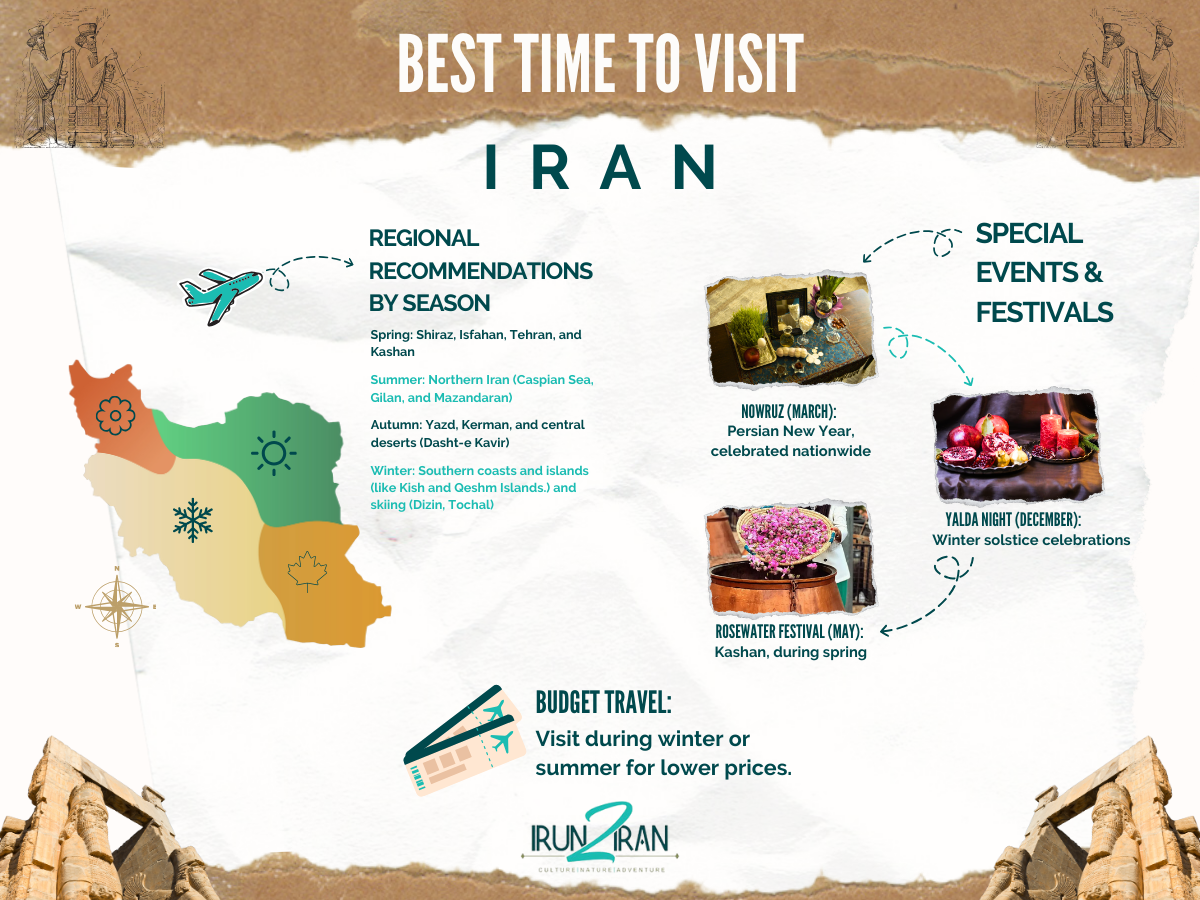
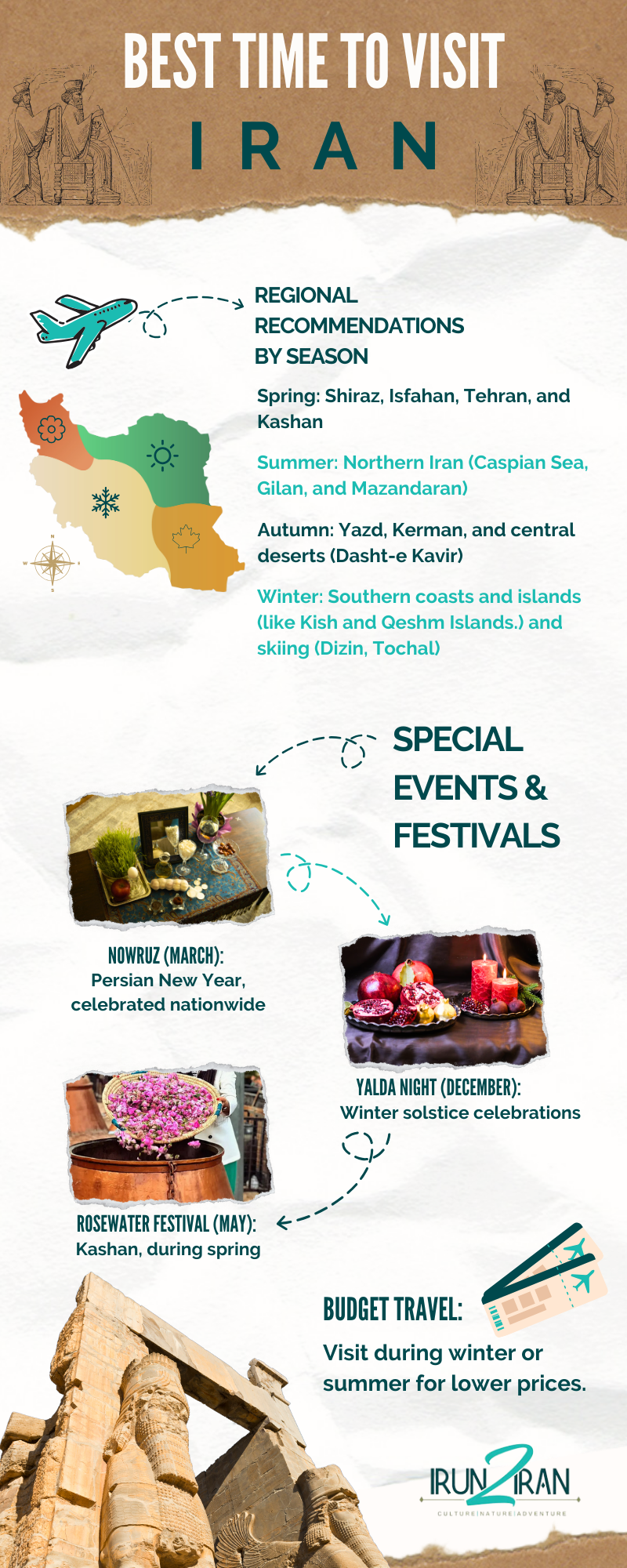
Top Destinations in Spring in Iran
Spring is the one of the best times to visit Iran. The weather is mild and pleasant across all of the country. Whether you want to go sightseeing in major cities or you want to experience the beautiful nature of Iran, this season is great. You can also experience the ancient festival of Nowruz firsthand which starts around March 20th firsthand.
Nowruz holidays are the best time to travel to Tehran. This is because Tehran residents usually travel to other destinations or stay at their homes at this time of the year. Because of this, the air is much cleaner at this time of year in Tehran and there’s almost no traffic! Remember that if you don’t enjoy crowded places, you should avoid visiting major cities other than Tehran like Isfahan, Shiraz, or Mashhad during the Nowruz holidays!
Looking for the best time to visit Tabriz? The answer is almost always in the spring!
If you are planning to travel in spring keep these areas in mind:
- Tehran
- Rasht
- Gilan Province
- Mazandarn Province
- Isfahan
- Kashan
- Tabriz
- Ardabil
- Shiraz
- Urmia
- Golesatan Province
- Khorasan Province
- Hamedan
If you’re short on time but still want to see multiple cities, the best strategy is to rent a car in Iran and design a route that fits your schedule.
Top Destinations in Summer in Iran
Summer in Iran is not a joke! Temperatures can go up to more than 40 degrees Celsius. You can still visit northern provinces near the Caspian Sea because of their cool and rainy climate but still, it’s hard to go out in day time.
Northwestern provinces like Azerbaijan and Mountainous regions such as Kurdistan and Kermanshah are good destinations because they are cooler in summer but generally, summer is not the best time for visiting Iran.
But generally, if you don’t like it hot, then you shouldn’t visit Iran during summer! If you are planning to travel during summer, however, you can visit these areas:
- Gilan Province
- Mazandaran Province
- Azarbaijan Province
- Kurdistan Province
- Kermanshah Province
- Mountain Resorts like Tochal and Dizin
read also : How to travel to Iran with kids
Top Destinations in Fall (Autumn) in Iran
This is another great time to visit this country. The temperatures are much cooler to visit cities that are too hot to visit in summer and late spring and too cold in winter like Yazd! You can visit southern cities in the fall but you better wait till winter. Keep these areas in mind when traveling during fall:
- Tehran
- Isfahan
- Yazd
- Kashan
- Shiraz
- Golestan Province
- Kerman
- Khorasan Province
Top Destinations in Winter in Iran
Do you wanna know about the best period to see amazing Ahvaz? Well, winters can be quite cold in mountainous regions in Iran. However, this season is the best time to visit southern Iran and Shiraz because these cities are usually too hot during other times of the year. If you are also into skiing, Iran has great ski resorts like Dizin and Tochal. Keep these areas in mind when traveling during winter in Iran:
- Bushehr
- Khuzestan Province
- Bandar Abbas
- Qeshm Island
- Kish Island
- Hormuz Island
- Shiraz
- Chabahar
read also: travel to Iran by road with own vehicle
Average Temperatures Chart in Iranian Cities
If you look at the average temperature chart of different Iranian cities, you can see the diversity of the climate across the countries. Southern coastal regions like Bandar Abbas for example, have hot and humid conditions with an average temperature of over 30 degrees Celsius during summer. On the other end of the spectrum, you have mountainous areas like Sanandaj in Kurdistan with much milder summers in comparison and extremely colder winters. Inland cities like Tehran go through hot, dry summers and chilly winters.
As you can see in the chart there is a large variety of different climate regions in Iran. The Caspian Sea region is different both in terms of average temperature and humidity. All this diversity makes this country an interesting one for traveling for sure and this is why the best time of year to visit Iran depends on your destination!
| City | Region | Summer (Avg. High/Low °C) | Autumn (Avg. High/Low °C) | Winter (Avg. High/Low °C) | Spring (Avg. High/Low °C) |
| Tehran | Central Plateau | 32.0/18.0 | 23.0/10.0 | 8.0/0.0 | 18.0/8.0 |
| Shiraz | Southwest | 38.0/23.0 | 28.0/15.0 | 15.0/5.0 | 24.0/12.0 |
| Tabriz | Northwest | 30.0/15.0 | 20.0/8.0 | 5.0/-2.0 | 18.0/8.0 |
| Isfahan | Central Plateau | 35.0/20.0 | 25.0/12.0 | 10.0/2.0 | 22.0/10.0 |
| Mashhad | Northeast | 33.0/18.0 | 22.0/10.0 | 8.0/0.0 | 20.0/8.0 |
| Ahvaz | Southwest | 42.0/28.0 | 32.0/18.0 | 18.0/8.0 | 28.0/15.0 |
| Rasht | Caspian Sea | 28.0/20.0 | 22.0/14.0 | 12.0/6.0 | 18.0/10.0 |
| Bandar Abbas | Persian Gulf | 35.0/28.0 | 30.0/23.0 | 22.0/15.0 | 28.0/20.0 |
| Sanandaj | West | 30.0/12.0 | 20.0/8.0 | 8.0/-2.0 | 18.0/8.0 |
read also : Iran travel cost
Travel to Iran During Religious Events
There are two major religious months in Iran. One of them is Ramadan and the other is Muharram. These two months are based on the Hijri lunar calendar and they shift about 10 days every year. That’s why there are no fixed dates for them based on the Western calendar.
Ramadan is the best time of year to visit Iran to experience its nightlife. During this month, restaurants and coffee shops are usually closed during the daytime but they open up after sunset until almost sunrise.
Muharram is another religious month. In Iran, Muharram is a time for mourning. From the first of Muharram until the 10th, in every major city and every neighborhood, there is a parade almost every night. The pinnacle of this festival is the 10th day, called the Ashura, which commemorates the martyrdom of Imam Hussein, a major religious figure in Shia Islam.
read also : holidays in Iran
When Should Not to Travel to Iran
You should check the travel advisories of your country before traveling to Iran. Iran is generally a safe place for tourists. There are times however that this country goes through unrest and you should be aware.
frequently asked questions about best time to travel to Iran
What is the best month to travel to Iran?
This depends on exactly where you want to go. If you’re visiting southern cities, the winter months are the best time. In general, the best time to visit Iran is in spring or in fall.



